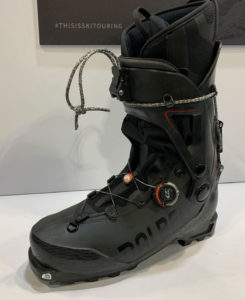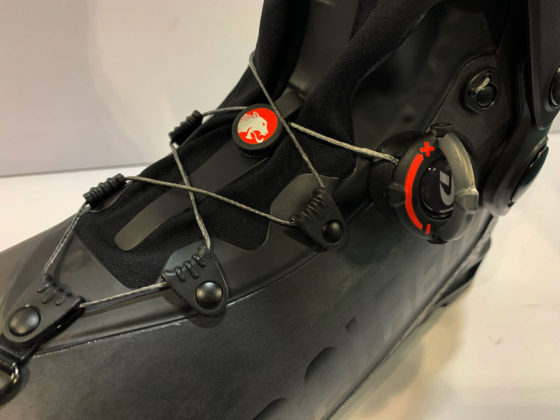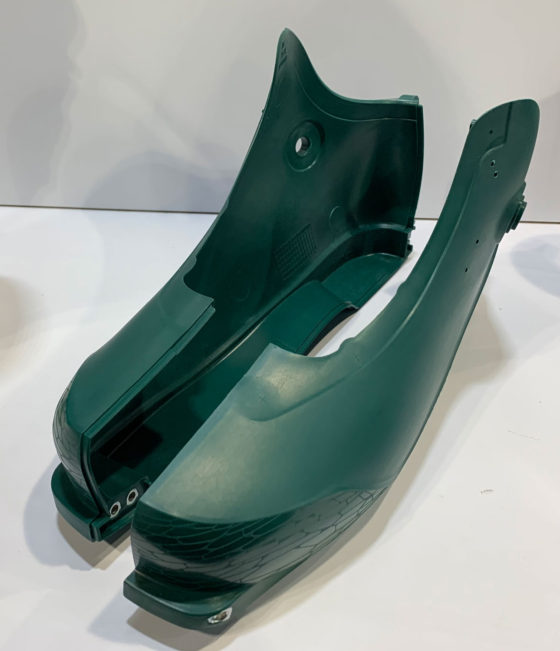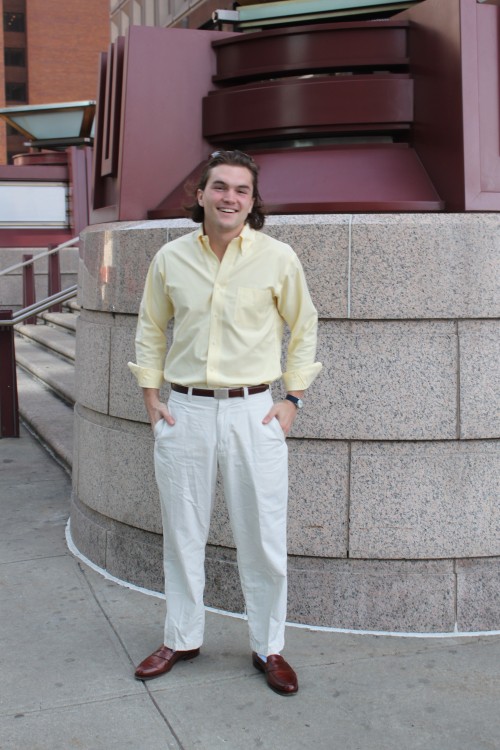The Congressional Budget Office forecasts that raising the minimum wage to $10.10 an hour, as Obama and the Democrats in Congress hope to do, would give 16.5 million American workers a raise and lift 900,000 out of poverty – but it would also lead to 500,000 job losses. Barro thinks this is a pretty good deal:
As economist Richard Thaler puts it, “All methods of helping the poor cause distortions”; a minimum wage increase can cause a modest rise in unemployment and still be a good policy idea, so long as it has more than offsetting positive effects.
And the minimum wage trade-off presented by CBO looks awfully favorable. For every person put out of work by the minimum wage increase, more than 30 will see rises in income, often on the order of several dollars an hour. Low- and moderate-income families will get an extra $17 billion a year in income, even after accounting for people who get put out of work; for reference, that’s roughly equivalent to a 25% increase in the Earned Income Tax Credit.
Mike Konczal accuses the CBO of “putting a thumb on the scale” to inflate the number of job losses:
[T]he CBO’s methodology is weighed to overstate the impact of a $10.10 minimum wage on jobs, while also understating the benefits. Even then there’s a clear tradeoff – a minor fall in jobs for serious real gains again inequality and wage security.
Never mind the scary headlines, or the report that unfortunately plays to them: When you consider that the academy is far more ambiguous about the costs of giving the country a raise, and more bullish on the benefits, this is still an excellent deal for working Americans.
To Jared Bernstein, the report confirms the wisdom of raising the minimum wage:
As I’ve stressed many times on this blog, policy makers need to be concerned about the quantity of jobs, and pursue policies that will increase that number. But they also have to worry about job quality, especially in the low-wage sector, where the decline in the real value of the minimum wage, the increase in earnings inequality (meaning less growth finds its way to the low end of the wage scale), and the low bargaining power of the work force have placed strong, negative pressure on wage trends for decades.
With such job-quality concerns in mind, I’d say the long history of research shows that increasing the minimum wage is a simple, effective policy that achieves its goal of raising the value of low-wage work with minimal distortions at no cost to the federal budget. The Congressional Budget Office report further confirms that conclusion.
The administration is disputing the job loss numbers, but Yglesias argues that they really shouldn’t be:
If the White House genuinely believes that a hike to $10.10 would have zero negative impact on job creation, then the White House is probably proposing too low a number. The outcome that the CBO is forecasting—an outcome where you get a small amount of disemployment that’s vastly outweighed by the increase in income among low-wage families writ large—is the outcome that you want. If $10.10 an hour would raise incomes and cost zero jobs, then why not go up to $11 and raise incomes even more at the cost of a little bit of disemployment?
Cowen sees it differently:
Spin it as you wish, we should not have a major party promoting, as a centerpiece initiative and for perceived electoral gain, a law that might put half a million vulnerable people out of work, and that during a slow labor market.
Philip Klein seizes on the contradiction between the CBO report and the president’s promises:
The bottom line is that Obama has presented hiking the minimum wage as a no-brainer that would boost the economy, increase wages and immediately reduce poverty without adverse effects. CBO has estimated that in reality, the action would raise unemployment among lower-income workers, deliver most of its benefits to families living above the poverty level, and have offsetting adverse effects on businesses and consumers. To the extent that it will reduce poverty, according to the CBO, the effect will be less significant and less immediate than what Obama has claimed.
Jordan Weissmann puts the numbers in perspective:
[T]he report … demonstrates the limits of the minimum wage as a policy tool for curing poverty or bolstering the middle class. There are currently about 45 million people living in poverty—the CBO’s estimate suggests the wage hike being debated in Washington would only reduce that number by 2 percent. Among families under the poverty line, average incomes wouldn’t increase any more than 3 percent.
For liberals looking for ways to combat inequality and poverty, raising the minimum wage would be a good start, but no more.
Bouie chimes in:
I should also say that this gets to why—as far as raising incomes is concerned—the minimum wage isn’t the greatest option. An expansion of the Earned Income Tax Credit—to raise payments and include single, childless workers—could increase incomes without the hit to the labor market. Indeed, a combination of the two policies—a larger EITC and higher minimum wage—could substantially boost incomes and provide enough stimulus to the economy to completely outweigh the adverse effects.
But, with the notable exception of Florida Senator Marco Rubio, it’s hard to find Republicans who would support a stronger EITC, or any measure that would move funds from the wealthy to the poor. Which leaves the minimum wage at a disadvantage as well. The difference, of course, is that the EITC is a federal policy, while individual states can set a minimum wage. And it’s for this reason that Democrats have committed to the latter; even if they lose in Congress, they can still take their fight to America’s statehouses.
Suderman cautions against reading too much into the CBO’s findings:
It’s complex and highly politicized, and the CBO tries hard to avoid politicization to the extent that it’s possible. So this report is probably best taken as a wonky but readable guide to the economic research on the topic. And it’s probably not worth investing too much in the specific point projections about jobs lost and incomes raised. Instead, it’s best to think of the report as highlighting the variety of economic costs and trade-offs that would come with a hike in the minimum wage, including job loss, and a reminder that the administration has an incentive to downplay potential negatives and paint its policy proposals in the most positive possible light.
And Drum wonders why the office bothered to take up this issue in the first place:
[T]his is a report that I suspect CBO shouldn’t have bothered doing. Their value-add lies in assessing the effects of legislation that no one else is studying. But the minimum wage has been studied to death. CBO really has nothing to add here except its own judgment about how to average out the dozens of estimates in published academic papers. In other words, they aren’t adding anything important to the conversation at all. This report is going to get a lot of attention, but it really doesn’t teach us anything new.








/cdn.vox-cdn.com/uploads/chorus_asset/file/18369380/DSCF4305.jpg)
/cdn.vox-cdn.com/uploads/chorus_asset/file/18369376/DSCF4298.jpg)
/cdn.vox-cdn.com/uploads/chorus_asset/file/18369413/DSCF4242.jpg)
/cdn.vox-cdn.com/uploads/chorus_asset/file/18369394/DSCF4096.jpg)
/cdn.vox-cdn.com/uploads/chorus_asset/file/18369387/DSCF4126.jpg)
/cdn.vox-cdn.com/uploads/chorus_asset/file/18369412/DSCF4316.jpg)
/cdn.vox-cdn.com/uploads/chorus_asset/file/18369409/DSCF4178.jpg)


 question whether it has a partner to make peace. Of course I don’t trust Hamas. Of course the rockets merit a vigorous no-nonsense response. But one question sticks in my mind about the position of Israel: If Israel really wanted peace, why does it keep building those darn settlements?
question whether it has a partner to make peace. Of course I don’t trust Hamas. Of course the rockets merit a vigorous no-nonsense response. But one question sticks in my mind about the position of Israel: If Israel really wanted peace, why does it keep building those darn settlements?


